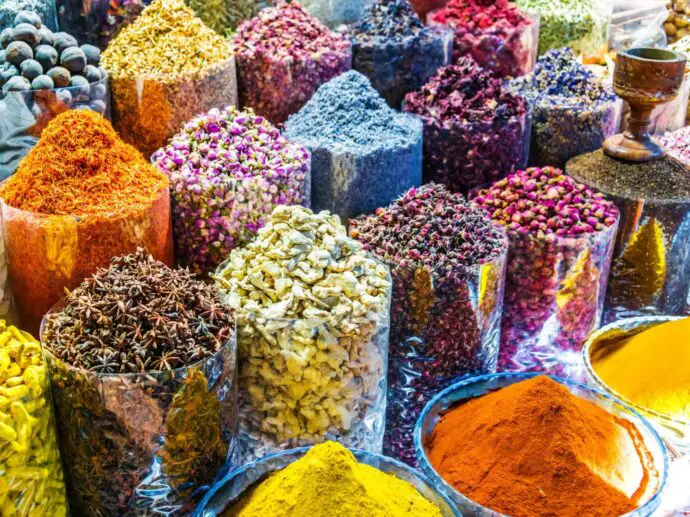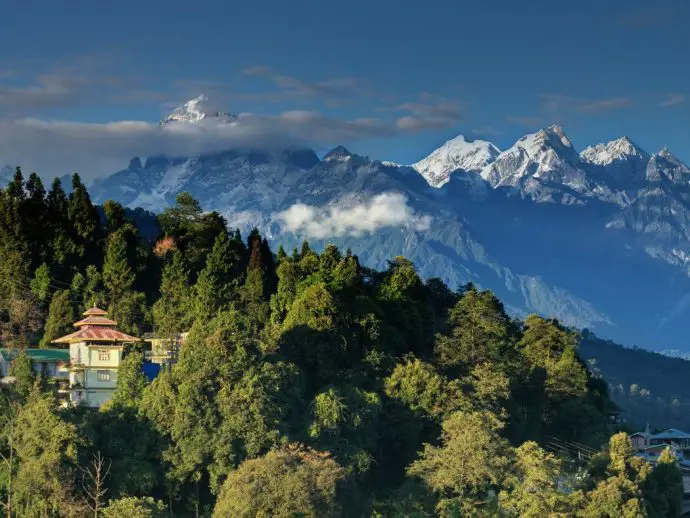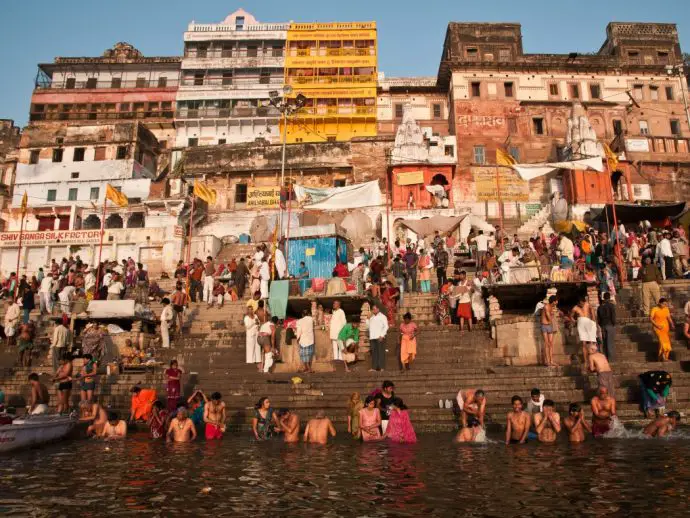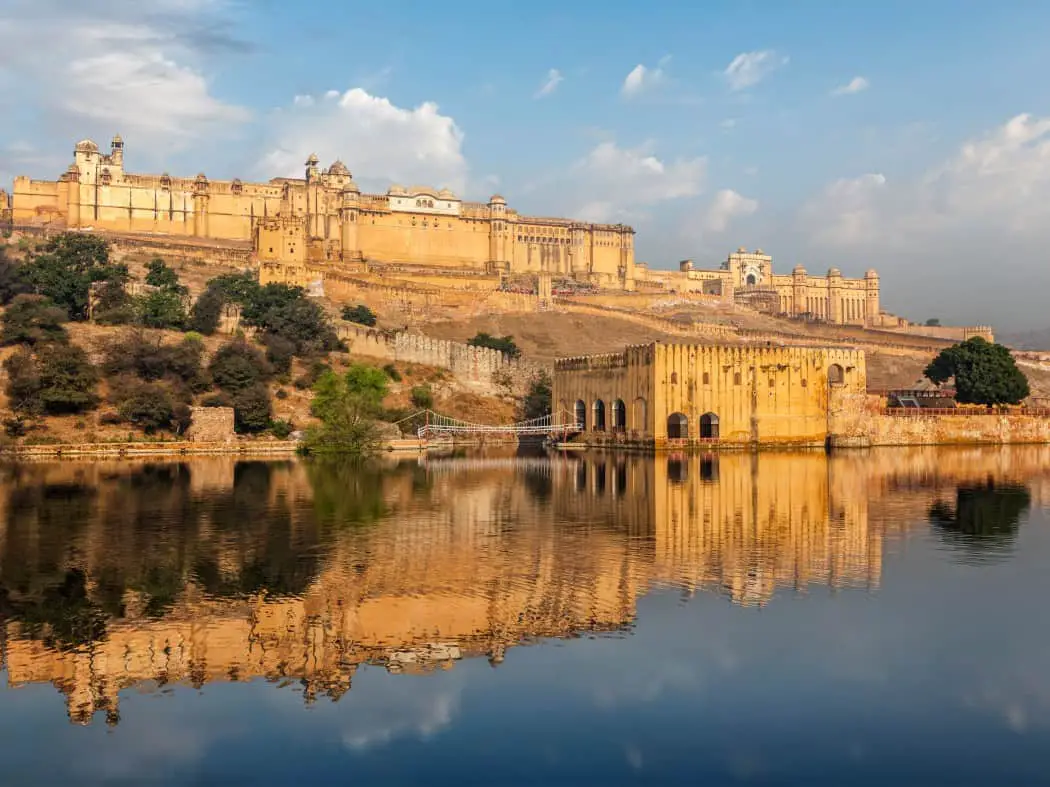India is commonly misrepresented to those who haven’t visited, but it’s a land that has also mystified travellers and engaged people the world over for thousands of years. There’s a real spiritual richness to the place, though of course, there are also better and worse ways of exploring the country.
The sheer size of India means that any recommendation, tip or insight you try to follow is rarely going to tell the whole story, and that’s okay! It means you have the chance to explore for yourself, guided by common wisdom, to see just how true certain vantage points are.
It’s also true that a genuine guide can help you dispel some of the faulty impressions and assumptions you may have been operating under. This is no fault of your own of course, as without first hand experience, borrowed impressions are all we have no matter where we travel.
In this post, then, we hope to discuss some common myths about travelling in India, including recommendations you may wish to understand ahead of time. With that in mind, please consider:
7 Myths about India:
1. India Is Too Dangerous for Solo Travelers
While it’s true that India, like any large country, has areas where it’s wise to plan ahead and stick to touristy areas (and it’s not wrong to be mindful of those prior to your trip), this doesn’t mean that it isn’t safe to go on holiday alone anywhere in the world. Many solo travellers have successfully enjoyed India’s many different regions and they repeatedly return. Of course, that doesn’t necessarily mean you would want to travel anywhere carte blanche. It’s also worth making certain people know where you’re going.
The real key here is to follow the same safety practices you would use anywhere else, and that includes being aware of your surroundings, avoiding risky areas (especially at night), and keeping your expensive belongings protected.
Cities like Delhi have good infrastructure for the most part and are well used to foreign visitors. Of course, some travel advice applies – if you’re a solo woman it’s best to be mindful or to travel in pairs.

2. The Food Is Always Too Spicy
If you were to associate any global cuisine with spice, it would likely be Indian. There’s a reason their many dishes have spread far and wide. That said, the idea that all Indian food is intensely spicy is a little too generalist. After all, spice isn’t solely about intensity. It can be used with subtlety, sometimes even in deserts, to help balance the taste of natural ingredients.
Moreover, each region has its own specialties, such as buttery dishes to coconut-infused curries that are inherently cooler. Citrus drinks are highly popular, as is yogurt and many more delicious options. If you’re not too interested in dealing with a massive amount of spice, restaurants and vendors are more than happy to prepare milder versions for you. They’re used to doing so for tourists. Just remember that not all dishes will be available everywhere. Chicken tikka masala is popular, but mostly in Britain, where they have different variations of it.
3. India Is Always Hot
Sure, India may be hotter than you’re generally used to back home, but that doesn’t mean it’s constantly sweltering. While it’s true that some regions can be very humid year-round, and more so in the summer months, this is far from a truth that applies to the entire land mass. In fact, India has several cooler regions and seasons that offer respite from the heat.
For instance, the northern hill stations like Darjeeling are known for their cool, pleasant climates, even during the summer – which is often why it’s suitable for growing tea. The winter months, from November to February, bring cooler weather to much of the country as they do in many other areas, and that can make it an ideal time to visit.
Of course, to be safe, preparing for heat is wise. But don’t assume this is all there will be.

4. Clean Water Is Hard To Come By
The idea that tap water across all of India is unsafe to drink in general is a common concern. This is because the water isn’t filtered for the most part, but you can filter it yourself. So, while it’s generally wise to avoid drinking tap water in many parts of the country, especially in rural areas or small towns where water treatment might be less reliable, this doesn’t mean you’ll have nothing to drink.
To start with, bottled water is very affordable and almost everywhere, and many hotels and restaurants provide filtered or purified water. You can always ask and check if you need, but in tourist-friendly regions, filtered water is often served as a standard practice. You can also buy purification tablets to help in a pinch – just let them dissolve into a bottle and the water will be cleaned.
5. English Won’t Get You Far
There’s a huge historical influence here, but almost no one should accuse India of being monolingual. Many dialects are spoken, and many make it a point of pride to learn English. For that reason, despite the common myth, English is widely spoken, especially in cities and tourist areas.
It’s not just about ordering food either, as English signage is common, and many people, particularly those in the service and hospitality industries, are fluent in English to the point where you will have almost no difficulty in explaining your needs.
Of course, to be respectful and to discover more about the place, learning a few basic phrases in Hindi or the local language is always going to be appreciated. That said, you’ll find that English will often be enough.

6. Public Transportation Is Unreliable At Best, Chaotic At Worst
Public transport and road rules in India have a reputation for being a bit of a free-for-all. In some cases, it’s certainly true that road rules seem to be flouted, bikes appear to be everywhere, and the logic of the road may be quite unusual compared to what you’re used to. However, tourists often use public transport, private taxis and rickshaw rides all the time, for the common purpose that drivers used to those spaces are the best to navigate it. Many prefer this to renting a private car.
India also has a large railway network that’s one of the most complex and covers more miles than many places in the world, and this offers everything from budget sleeper trains to luxury conveniences. Moreover, ride-bookings apps like Uber and “Ola” are available in cities. Even Metro systems in cities like Delhi, Mumbai, and Bangalore are modern.
This might not satisfy all of your concerns of course, but don’t worry about getting around, there’s always an option you can use.
7. India Is A Budget Travel Destination Only
India is often viewed as a budget travel destination due to its affordability compared to many Western countries. It’s a popular place to visit for gap year travellers, and thanks to the country’s rich spiritual traditions, many people head there looking to become more attuned to their spirituality or at least look at it from another point of view. This rarely means travelling for the purpose of luxury.
Of course, while it’s true that you can travel to India on a very tight budget, this perspective forces you to ignore the fact that India also caters to luxury travellers. There are several beautiful five-star hotels across the country, and countless upscale restaurants, as well as the best India Tours that offer you incredible tailor-made holidays. If you’re looking for a luxury adventure abroad, India has it all, and indeed the country is a popular destination for bucket list travellers and those looking for unique and high-end experiences.
With this advice, we hope you can look past some of the stereotypes of India without ignoring a healthy dose of common sense. We hope you have a great time in India!





